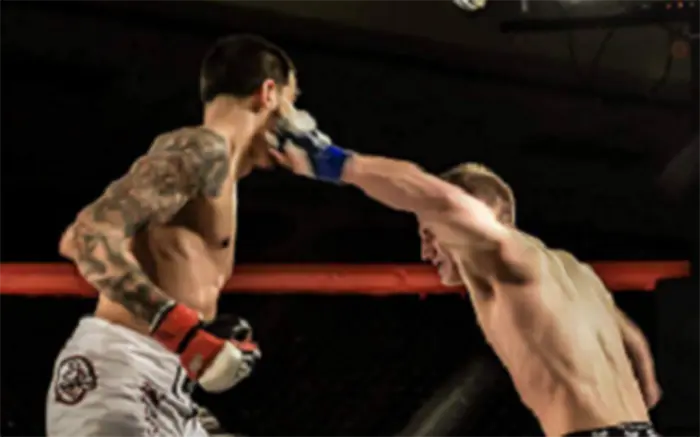Roots and Origins of MMA

Why Choose Bloomsburg Martial Arts for MMA Training?
At Bloomsburg Martial Arts Academy, we offer top-tier MMA training in a supportive, high-energy environment. Our programs are designed for all skill levels, whether you're just starting out or looking to sharpen your competitive edge. With expert coaching and a focus on both technique and personal growth, our academy stands out as the premier destination for mixed martial arts in Bloomsburg and the surrounding areas. Join a community that’s committed to helping you reach your full potential — on and off the mat.
Mixed martial arts was believed to date back to the ancient Olympic Games
in 648 bce, when pankration—the martial training of Greek armies—was
considered the combat sport of ancient Greece. The brutal contest combined
wrestling, boxing, and street fighting. Kicking and hitting a downed opponent
were allowed; only biting and eye gouging were forbidden. A match ended
when one of the fighters acknowledged defeat or was rendered unconscious.
In some cases, competitors died during matches. Pankration became one of
the most popular events of the ancient Olympics.
In 393 ce Roman emperor Theodosius I banned the Olympic Games, spelling
the end of pankration as a popular sport. However, this style of fighting
later resurfaced in the 20th century in Brazil via a combat sport known
as vale tudo (“anything goes”).
During the late 1960s to early 1970s, the concept of combining the elements of multiple martial arts was popularized in the West by Chinese-American martial artist Bruce Lee via his system of Jeet Kune Do.
Lee believed that "the best fighter is not a Boxer, Karate or Judo man. The best fighter is someone who can adapt to any style, to be formless, to adopt an individual's own style and not following the system of styles."
In 2004, UFC President Dana White would call Lee the "father of mixed martial arts" stating: "If you look at the way Bruce Lee trained, the way he fought, and many of the things he wrote, he said the perfect style was no style. You take a little something from everything. You take the good things from every different discipline, use what works, and you throw the rest away"
In the early 1990s, Art Davie proposed to John Milius and Rorion Gracie an eight-man single-elimination tournament called "War of the Worlds" that would be marketed as a style vs style tournament.
Gracie accepted, as he was interested in showcasing and promoting his family's own jiu-jitsu for an wide audience. Milius, a film director/screenwriter and Gracie student, agreed to be the event's creative director. Davie drafted the business plan, and 28 investors contributed the initial capital to start WOW Promotions to develop the tournament into a television franchise.
In 1993, WOW Promotions sought a television partner and approached pay-per-view producers TVKO (HBO) and SET (Showtime), and Campbell McLaren and David Isaacs at Semaphore Entertainment Group (SEG). Both TVKO and SET declined, but SEG—a pioneer in pay-per-view television that had produced such offbeat events as a tennis match between Jimmy Connors and Martina Navratilova—became WOW's partner in May 1993.
WOW Promotions and SEG produced the first event, with the name chosen by SEG; Ultimate Fighting Championship.